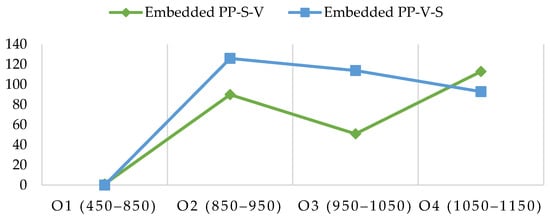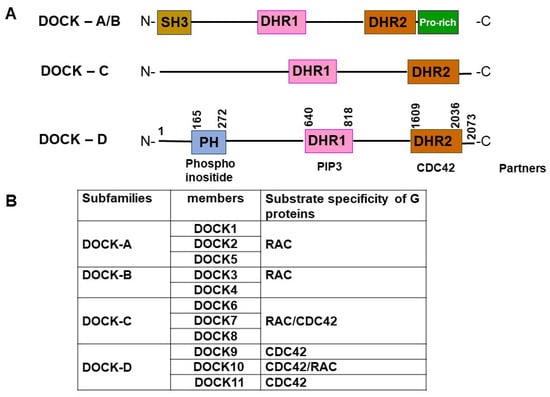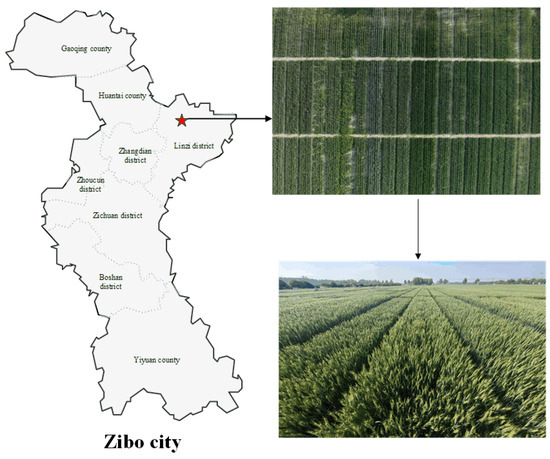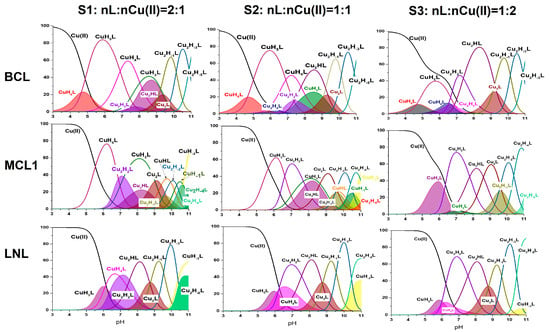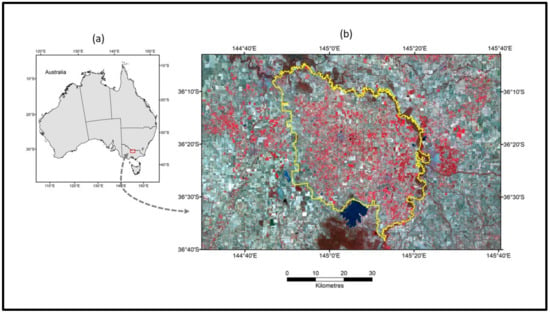Background: Postoperative de novo atrial fibrillation (POAF) is one of the most frequently encountered complications following cardiac surgery. Despite the identification of several risk factors, the link between sleep-disordered breathing (SDB) and POAF has barely been examined. The objective of this prospective observational study was to determine whether severe SDB is associated with POAF in patients after elective coronary artery bypass grafting (CABG) surgery.
Study design and methods: The incidence and preoperative predictors of in-hospital POAF were assessed in 272 patients undergoing CABG surgery at the University Medical Center Regensburg (Germany). In-hospital POAF was detected by continuous telemetry-ECG monitoring and 12-lead resting ECGs within the first seven postoperative days. POAF that occurred after hospital discharge within 60 days post CABG surgery was classified as post-hospital POAF and was ascertained by standardized phone interviews together with the patients’ medical files, including routinely performed Holter-ECG monitoring at 60 days post CABG surgery. The night before surgery, portable SDB monitoring was used to assess the presence and type of severe SDB, defined by an apnea–hypopnea index ≥ 30/h.
Results: The incidence of in-hospital POAF was significantly higher in patients with severe SDB compared to those without severe SDB (30% vs. 15%,
p = 0.009). Patients with severe SDB suffered significantly more often from POAF at 60 days post CABG surgery compared to patients without severe SDB (14% vs. 5%,
p = 0.042). Multivariable logistic regression analysis showed that severe SDB (odds ratio, OR [95% confidence interval, CI]: 2.23 [1.08; 4.61],
p = 0.030), age ≥ 65 years (2.17 [1.04; 4.53],
p = 0.038), and diabetes mellitus (2.27 [1.15; 4.48],
p = 0.018) were significantly associated with in-hospital POAF. After additional adjustment for heart failure, the association between sleep apnea and postoperative atrial fibrillation was attenuated (1.99 [0.92; 4.31],
p = 0.081).
Conclusions: Amongst established risk factors, severe SDB was significantly associated with in-hospital POAF in patients undergoing CABG surgery. Whether SDB contributes to POAF independently of heart failure and whether risk for POAF may be alleviated by proper treatment of SDB merits further investigation.
Full article
 IJMS
IMPACT
IJMS
IMPACT Applied Sciences
IMPACT
Applied Sciences
IMPACT Sustainability
IMPACT
Sustainability
IMPACT Sensors
IMPACT
Sensors
IMPACT JCM
IMPACT
JCM
IMPACT Materials
IMPACT
Materials
IMPACT Molecules
IMPACT
Molecules
IMPACT Energies
IMPACT
Energies
IMPACT Electronics
IMPACT
Electronics
IMPACT Remote Sensing
IMPACT
Remote Sensing
IMPACT Cancers
IMPACT
Cancers
IMPACT Nutrients
IMPACT
Nutrients
IMPACT Mathematics
IMPACT
Mathematics
IMPACT Foods
IMPACT
Foods
IMPACT Buildings
IMPACT
Buildings
IMPACT Polymers
IMPACT
Polymers
IMPACT Animals
IMPACT
Animals
IMPACT Water
IMPACT
Water
IMPACT Plants
IMPACT
Plants
IMPACT Agronomy
IMPACT
Agronomy
IMPACT Biomedicines
IMPACT
Biomedicines
IMPACT Processes
IMPACT
Processes
IMPACT Microorganisms
IMPACT
Microorganisms
IMPACT Diagnostics
IMPACT
Diagnostics
IMPACT Nanomaterials
IMPACT
Nanomaterials
IMPACT Viruses
IMPACT
Viruses
IMPACT Medicina
IMPACT
Medicina
IMPACT Healthcare
IMPACT
Healthcare
IMPACT Cells
IMPACT
Cells
IMPACT Forests
IMPACT
Forests
IMPACT Agriculture
IMPACT
Agriculture
IMPACT Land
IMPACT
Land
IMPACT JMSE
IMPACT
JMSE
IMPACT IJERPH
IJERPH
 Symmetry
IMPACT
Symmetry
IMPACT Genes
IMPACT
Genes
IMPACT Pharmaceutics
IMPACT
Pharmaceutics
IMPACT Coatings
IMPACT
Coatings
IMPACT Micromachines
IMPACT
Micromachines
IMPACT Pharmaceuticals
IMPACT
Pharmaceuticals
IMPACT Atmosphere
IMPACT
Atmosphere
IMPACT Children
IMPACT
Children
IMPACT Religions
IMPACT
Religions
IMPACT Antioxidants
IMPACT
Antioxidants
IMPACT Life
IMPACT
Life
IMPACT Metals
IMPACT
Metals
IMPACT Biomolecules
IMPACT
Biomolecules
IMPACT Vaccines
IMPACT
Vaccines
IMPACT Education Sciences
IMPACT
Education Sciences
IMPACT Minerals
IMPACT
Minerals
IMPACT Horticulturae
IMPACT
Horticulturae
IMPACT Brain Sciences
IMPACT
Brain Sciences
IMPACT JPM
IMPACT
JPM
IMPACT Bioengineering
IMPACT
Bioengineering
IMPACT





